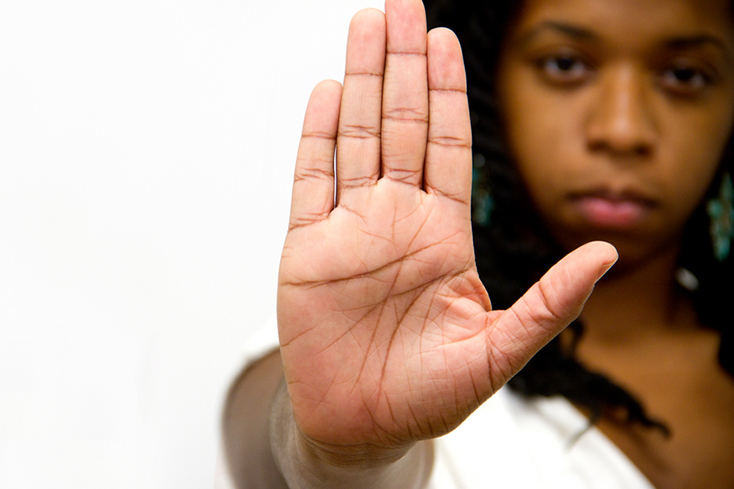

Someone might raise their hands to be picked up (such as a small child in front of their parents), to be hugged, or to reach for something above them. For example, you might be trying to get someone's attention, ask a question, or simply put yourself in a disarming or surrendering position.

In general, the act of raising your hand or hands can have quite a few different meanings. Although it is such a common action, many people do not really know why they do it. However, exactly how churches go about expressing themselves in their worship can be very distinct from church to church and culture to culture.īut despite those distinctions, one of the most common means of worship expression in addition to singing is raising or lifting hands. Most churches that gather for corporate worship even have similar elements in their services, such as singing, praying, taking up an offering, teaching, and an opportunity to respond. Posture can add to the conversation, and in the Mass, we in the laity have our own parts to perform as a community.While Christian denominations and churches across the world have much more in common than they do different, evangelical churches especially share similar major doctrines, leadership structures, membership expectations, outreach strategies, bible study approaches, teaching techniques, policies, and ordinances. In the end, remember that God hears our prayers regardless of the position of our hands or body. Its adoption by the laity has its origins in the charismatic movement. In the Mass and other community prayers, it has traditionally been used by the priest when he prays on behalf of the assembly, and in the Our Father. It is the oldest gesture in common use today, based on historical descriptions and depiction in art. The organs pose, with arms outstretched and palms up, is a third gesture that really only works in the standing position. These can be used whether one is kneeling, sitting or standing. Indeed, an examination of medieval art will show this same gesture being used in an act of homage from a vassal to his lord. When the palms are together and the fingers are straight, it suggests purity and evokes an act of homage. The position that interlaces the fingers suggests a more introspective posture, and possibly a more fervent frame of mind. This term actually refers to two separate positions which are used fairly interchangeably. Most commonly, we “fold” our hands during prayer. Sitting is more passive, but it can be used to signify attentiveness or contemplation. It serves as the principal gesture of reverence.īy contrast, standing demonstrates confidence, and as Christians, we are meant to be confident in God’s love for us and in our place in His adoptive family.

A similar effect is made by kneeling, which is used several times in the Mass and also in penitential contexts. It recognizes human unworthiness, but also appeals to God’s mercy and submits us to His will. Lying prostrate is not used in the rubric of weekly Masses, but it has its place in special rites like the Rite of Ordination. The main body postures are standing, kneeling, sitting, and lying prostrate. Each body or hand position says something different. In private prayer, they are optional, but in community prayers like the Mass, they become an intrinsic part of the rite.

We can pray any time why hold our hands in certain ways, and why stand during some prayers but kneel during others? Prayer is communication with God, and body poses or hand gestures can lend expressiveness to the conversation.


 0 kommentar(er)
0 kommentar(er)
